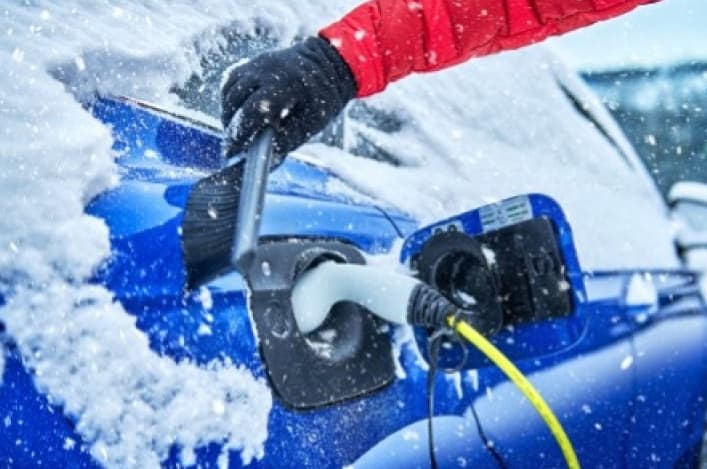8 February 2023
How are EVs affected by the cold and what can drivers do about it?
Many drivers are aware of the significant impact the cold weather has on Battery Electric Vehicles (BEVs). The main reasons being the speed at which the vehicle is able to charge, and the considerable impact on the vehicles range that lower temperatures can have.

The reasons for the drop in mileage is fairly simple, the more drivers use heaters and lights throughout the winter, the more power is used from the battery, which decreases driving range.
Driving safely in the winter using an EV is very similar to driving a petrol or diesel vehicle. Drivers should not accelerate or decelerate aggressively in winter conditions to avoid losing control of the vehicle. However, with modern systems like regenerative braking, drivers are encouraged to be very cautious, regenerative braking systems are less efficient in colder temperatures and drivers are strongly advised to turn their systems to low or even off if they can.
Fleets are recommended to advise drivers to make sure a BEV's charge never drops below 20% capacity in the winter, with between 40% and 50% the ideal safety zones this allows for some spare battery performance to mitigate the impacts of the cold. Although best practice to minimise battery degradation is not to charge a battery to more than 80% regularly, drivers should consider charging it to more than this to give more breathing room in the winter.


